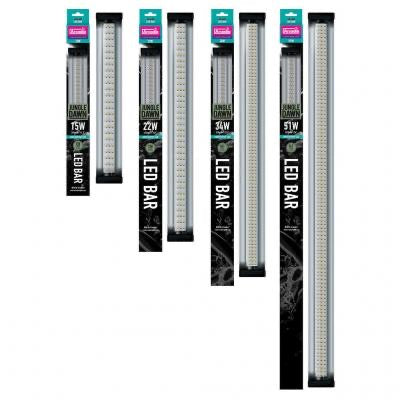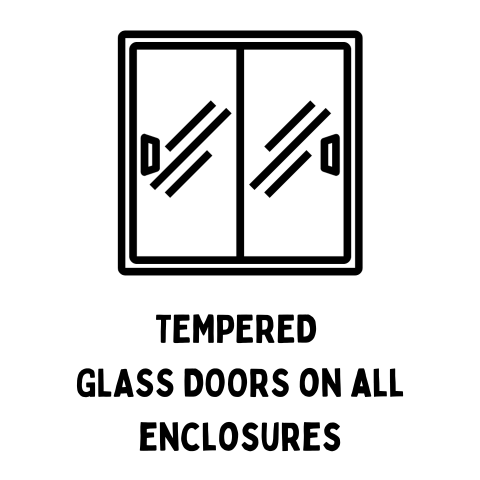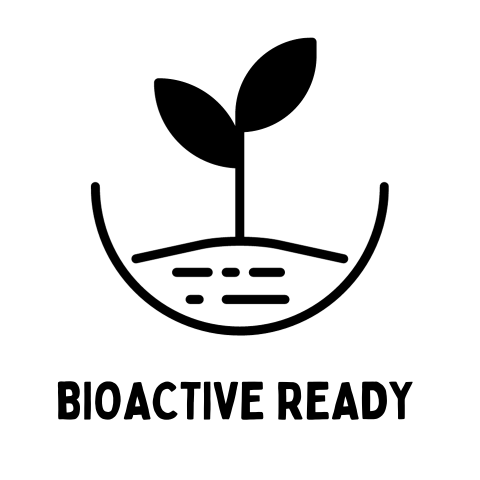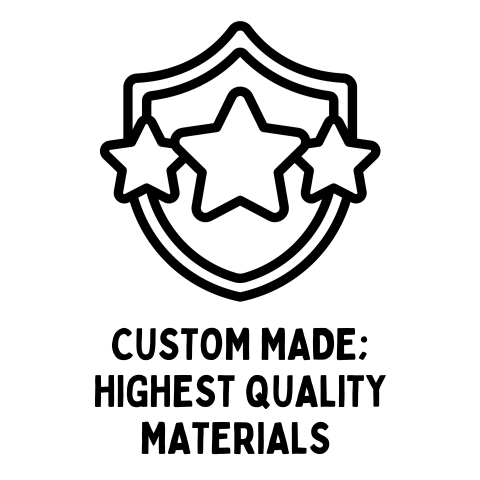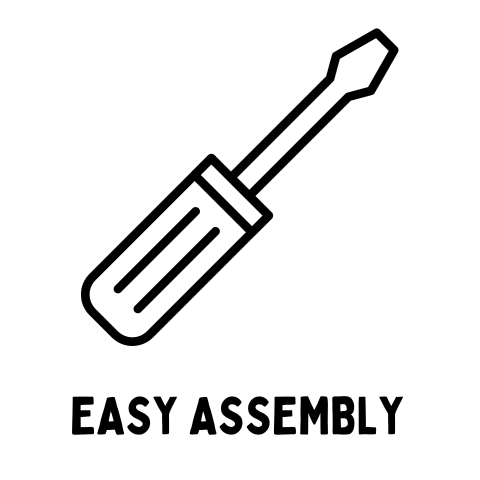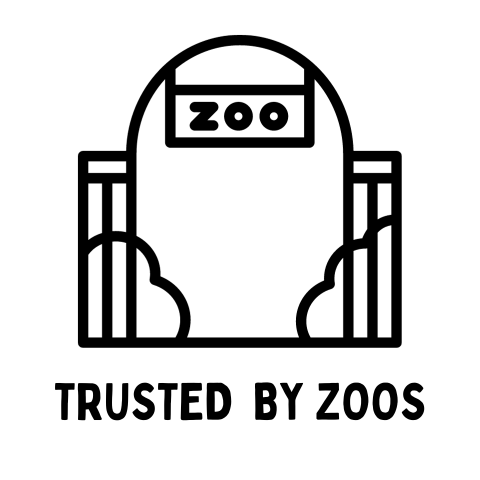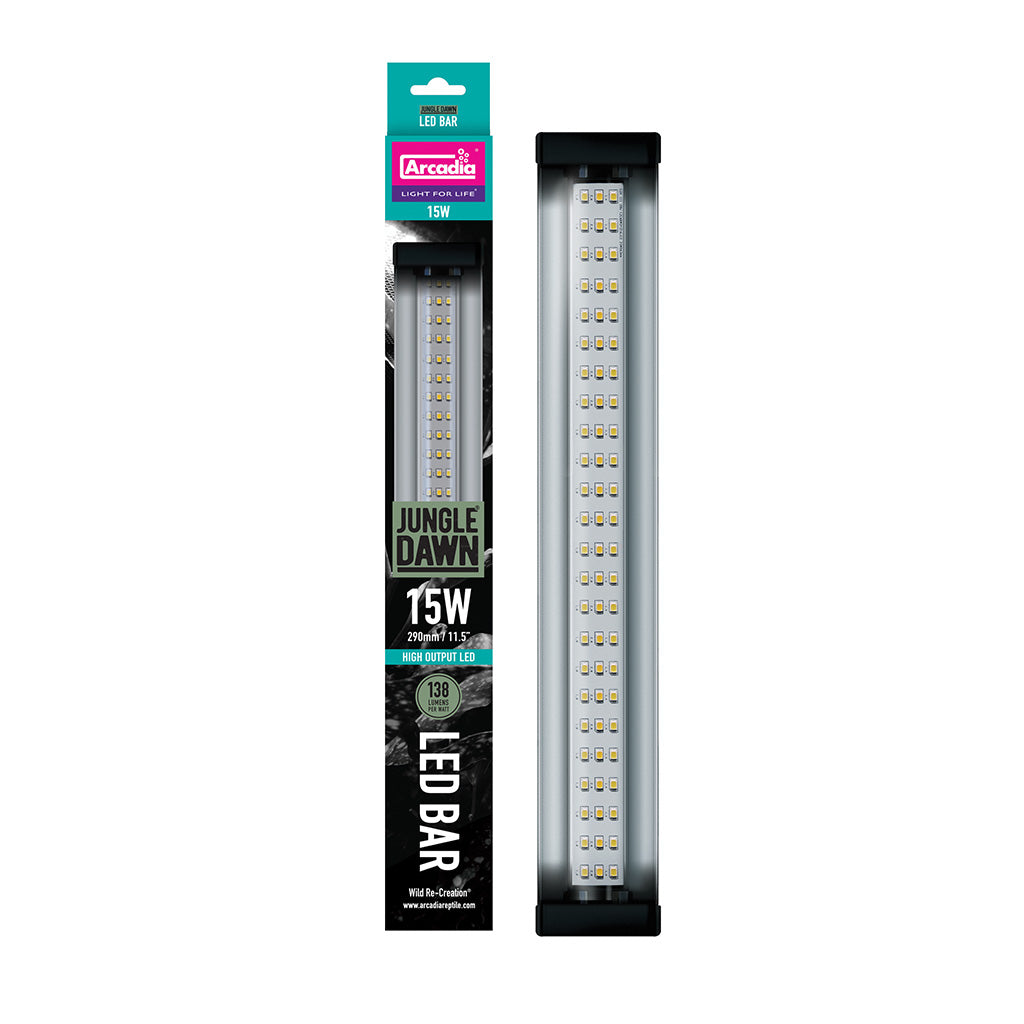
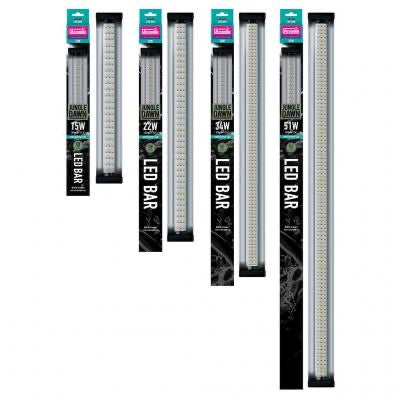
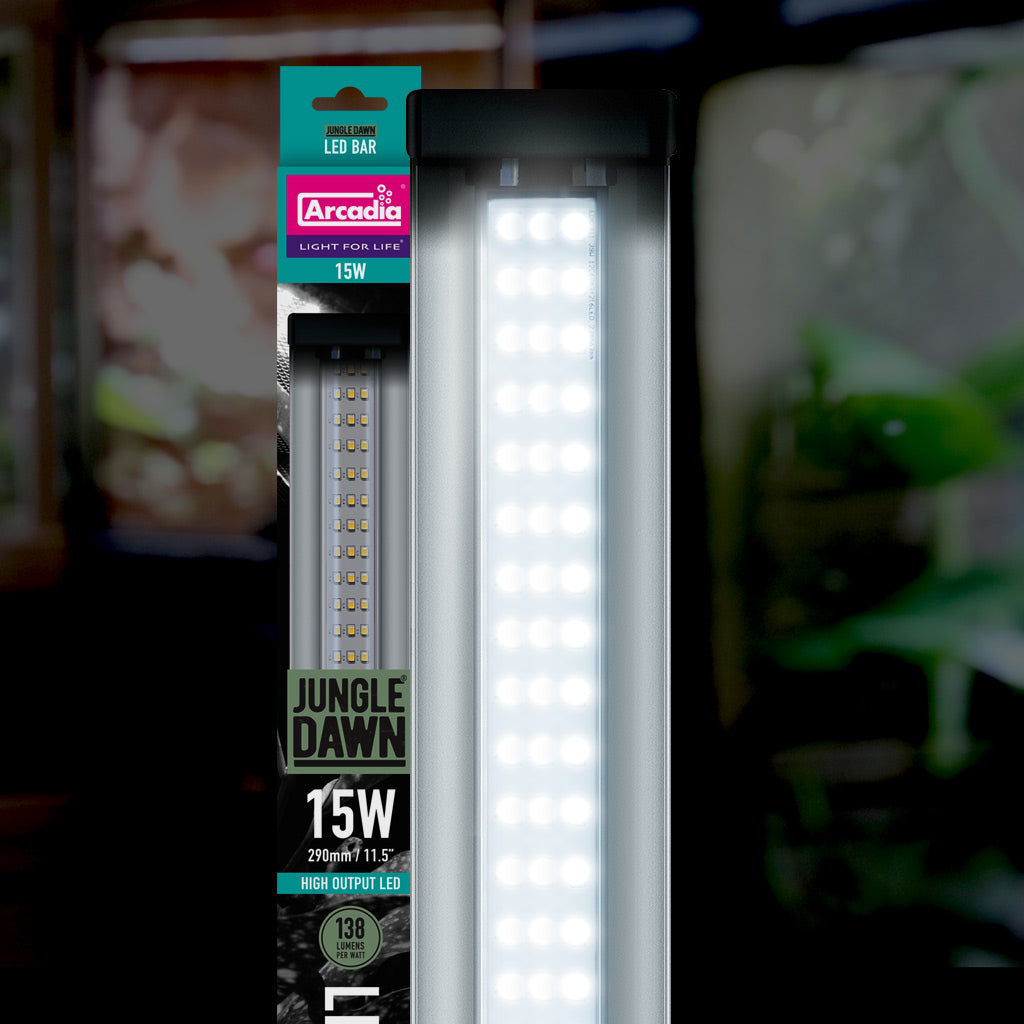
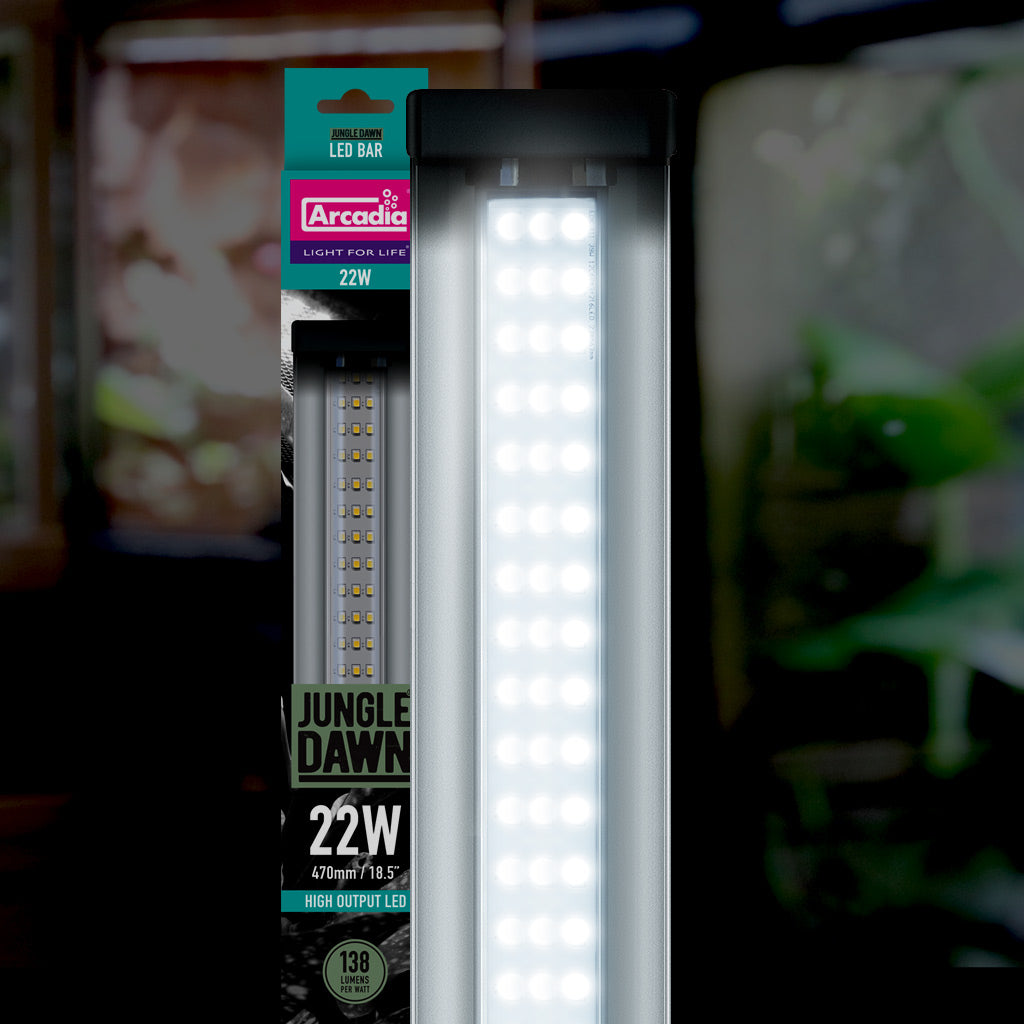
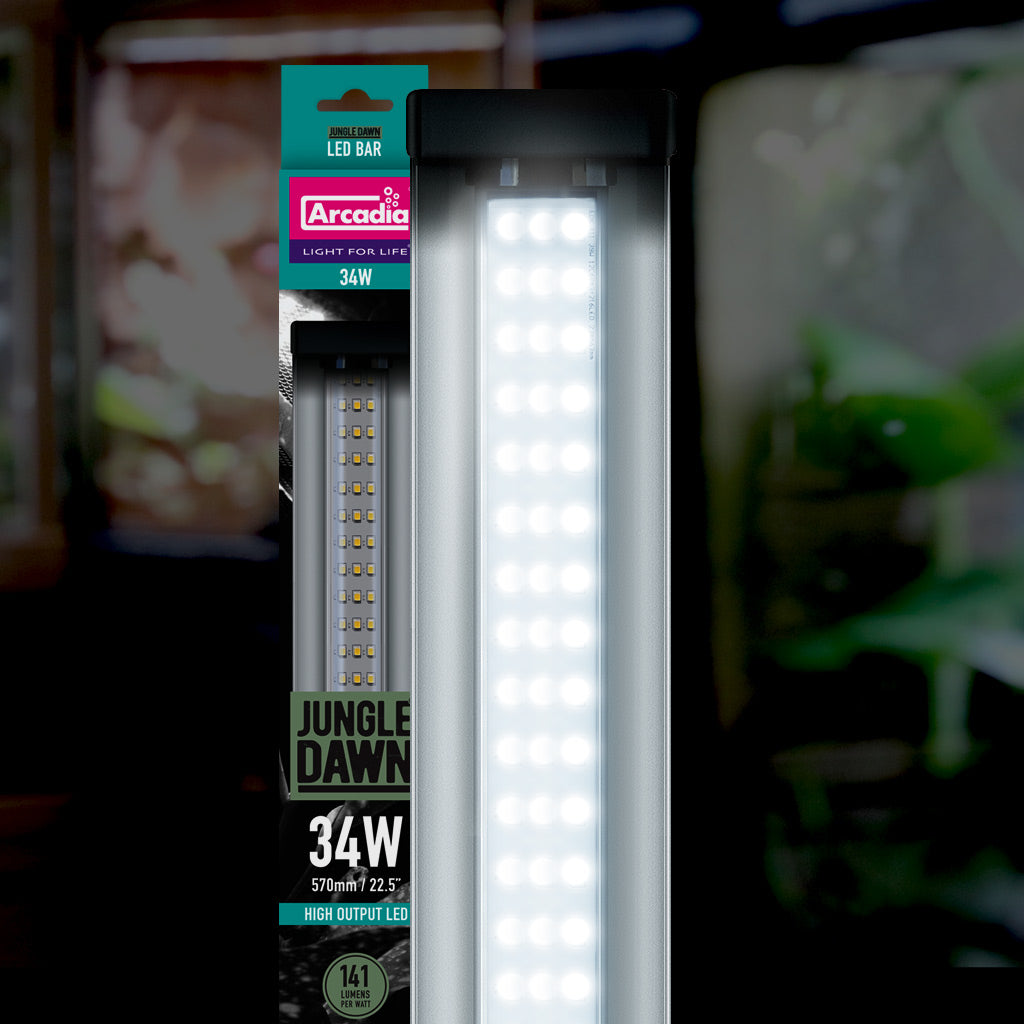
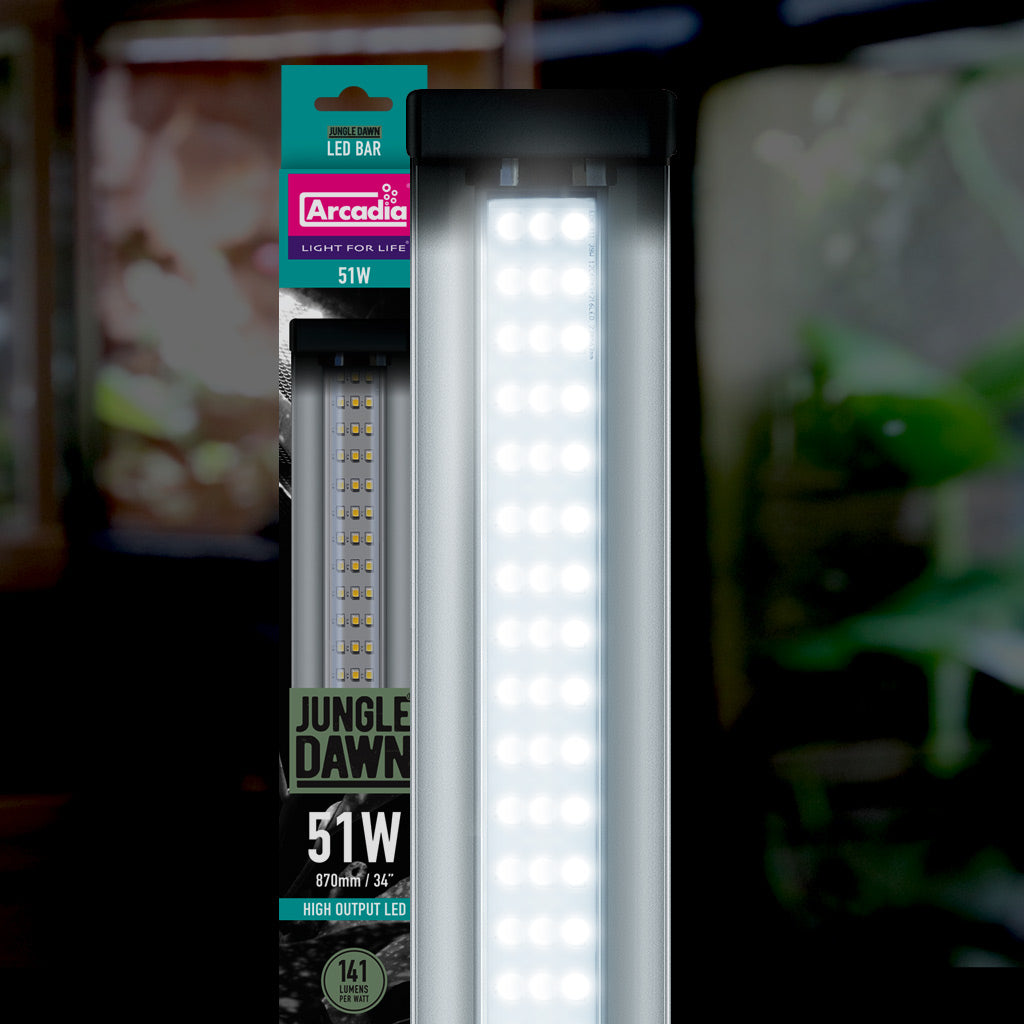
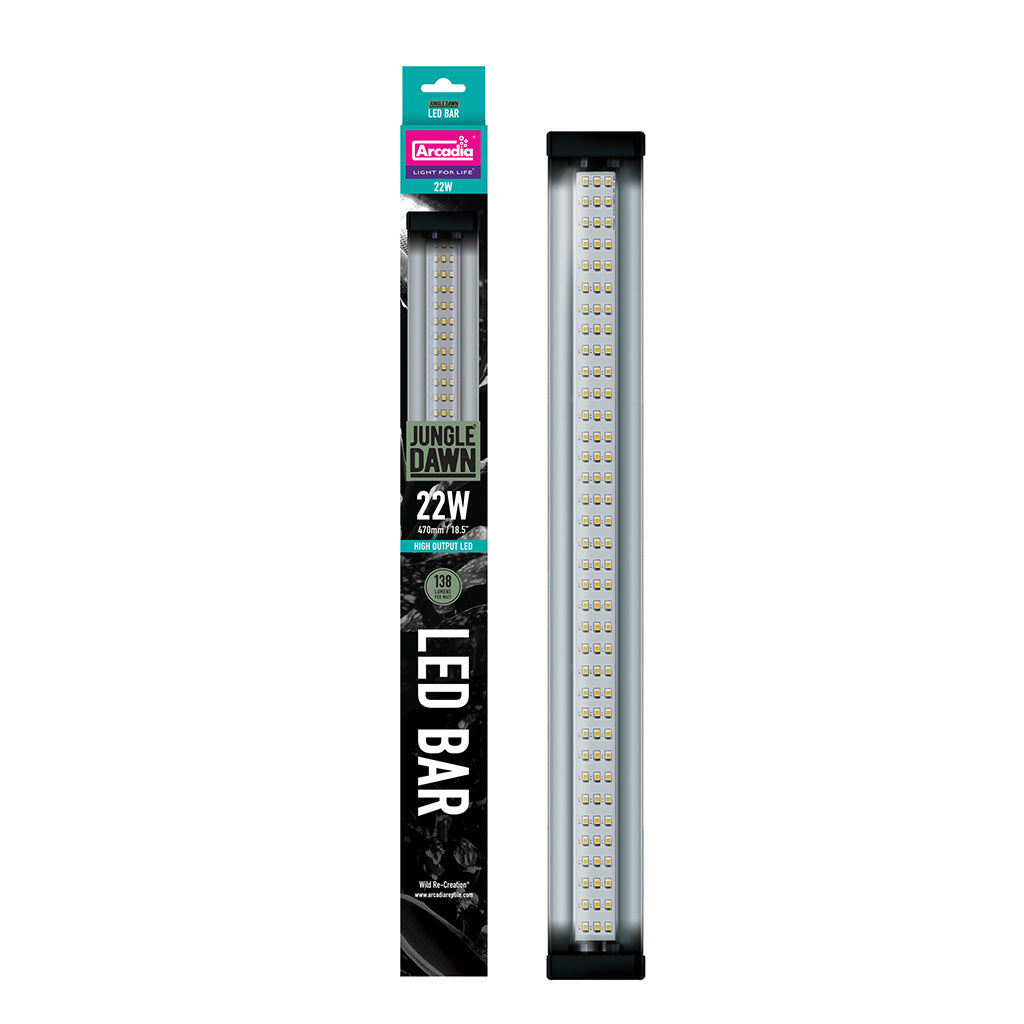
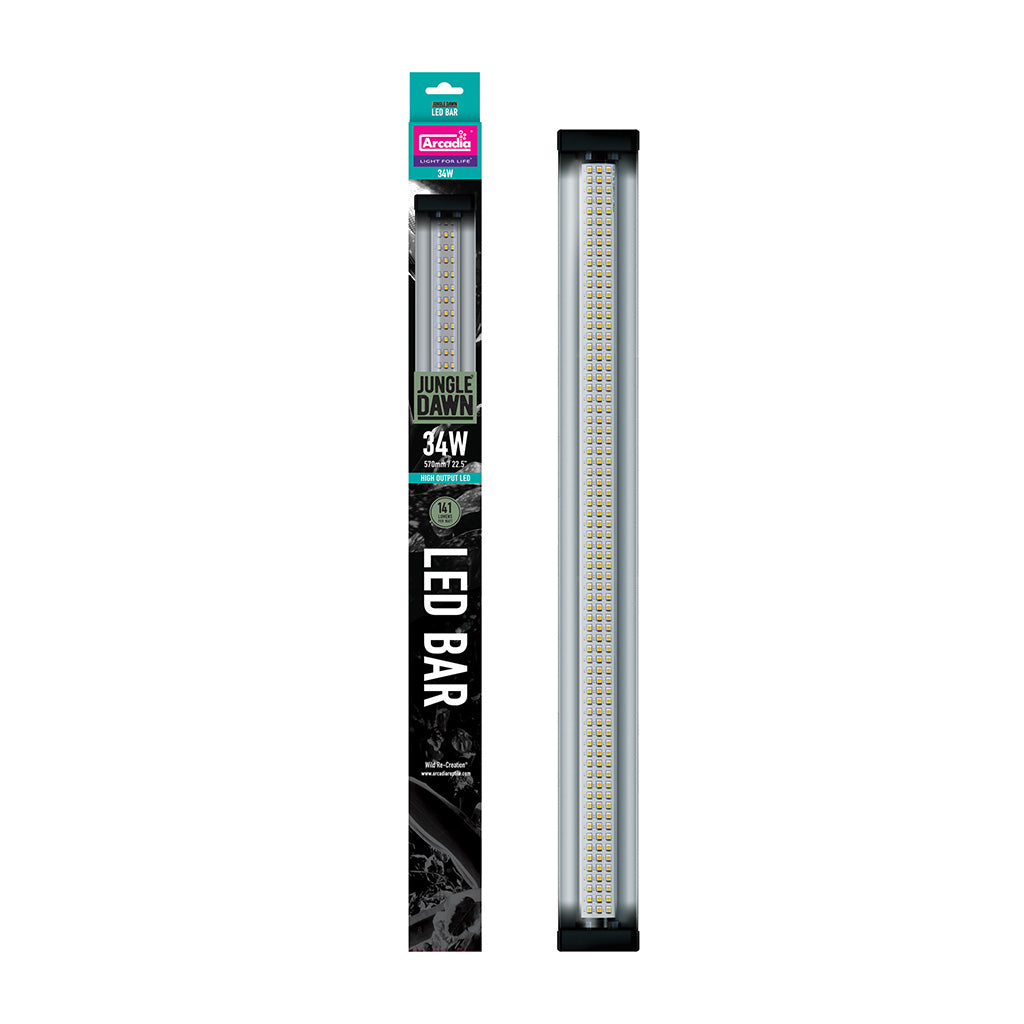
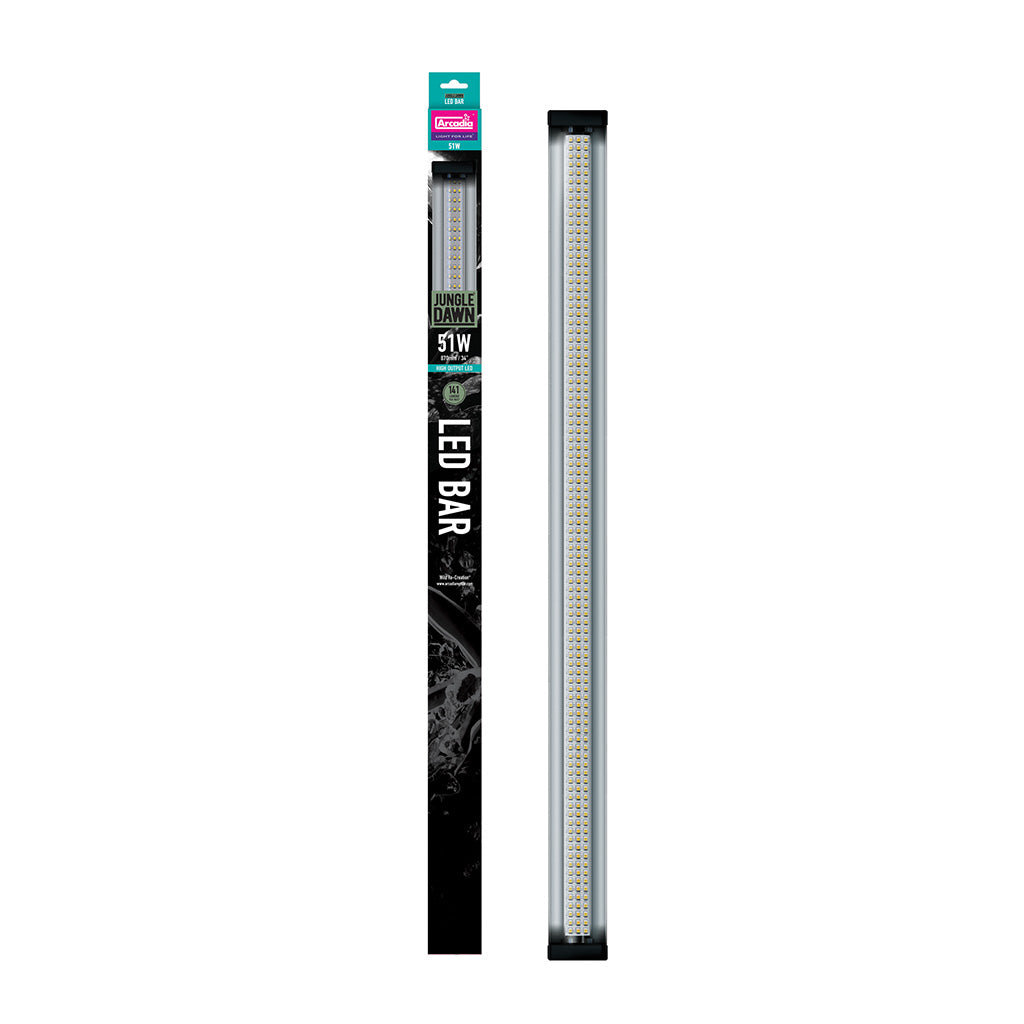
ETHICAL REPTILE KEEPING STARTS HERE
Collapsible content
MODERN DESIGN
Innovative & Modern Design for Reptile Enthusiasts
Experience contemporary style and unmatched reptile-centric features in our enclosures, thoughtfully designed in-house by reptile keepers with over 30 years of experience. Kages habitats not only enhance your home's aesthetics but also ensure your reptile's utmost comfort and happiness. Discover the perfect fusion of design and functionality for your reptile's living space.
BIOACTIVE READY
Experience Bioactive-Ready Kages Custom PVC Reptile Enclosures
Kages custom PVC reptile habitats come fully prepared for bioactive setups, eliminating the need for substrate shields or plastic liners. To enhance durability and protection, simply seal the seams with aquarium-safe silicone. Optimize your pet's living space with our PVC bioactive-ready reptile enclosures designed for their comfort and well-being.
NONPOROUS MATTE FINISH SURFACE
Stress-Free & Easy-to-Clean Nonporous Matte Finish Surface
Our enclosures feature a nonporous matte finish that minimizes stress for your reptile by eliminating reflections. This smooth surface not only promotes your pet's well-being but also makes cleaning and maintenance hassle-free. Choose Kages for a comfortable and convenient habitat that both you and your scaly friend will love.
EASY ASSEMBLY
Effortless Assembly for Your Custom Reptile Habitat
Kages makes setting up your reptile enclosure a breeze! We supply the screws and an electronic copy of the instructions, so all you need is a Phillips screwdriver and 20-50 minutes of your time. Enjoy the ease of assembling a custom habitat tailored to your reptile's needs and preferences.
RIGID PVC CONSTRUCTION
Superior Rigid PVC Construction for Energy Efficiency & Climate Control
Kages reptile enclosures, made with rigid PVC, offer enhanced heat and humidity retention compared to traditional glass tanks. This advanced design allows you greater control over your pet's environment while reducing electricity consumption. Choose Kages for a sustainable and comfortable habitat for your reptile.
MADE IN THE USA
Proudly Made in the USA with Premium Reptile-Safe Materials
Experience the Kages difference with enclosures handcrafted in the USA, using only the finest reptile-safe materials. Our commitment to quality ensures that your pet enjoys a secure and comfortable habitat designed to last. Trust Kages for a superior American-made reptile enclosure.
SHIPPING
Enjoy FREE Shipping & Easy Assembly Across Our Store
We take pride in offering FREE standard shipping on our entire selection, catering exclusively to the Continental United States. To minimize shipping costs and prevent transit damage, our PVC reptile enclosures arrive unassembled. Each enclosure is carefully built, disassembled, and tested for a perfect fit. Assembling your reptile habitat is a breeze, taking only about 15 minutes with just a Phillips screwdriver, although using a drill will speed up the process.
Be sure to check our current lead times before placing your order for a seamless experience.
CUSTOM MADE
Handcrafted Custom PVC Reptile Enclosures with Uncompromised Functionality
Embrace the uniqueness of our custom-made PVC reptile habitats, each meticulously handcrafted with care. While visible variations or imperfections may be present, they won't impact the functionality of the enclosure. Please note that all custom reptile cage dimensions are approximate, ensuring a personalized touch for your pet's living space.
TIPS
Recommended Heating Options for Optimal Safety & Natural Comfort in PVC Reptile Enclosures
For the safety and well-being of your reptile in our custom PVC enclosures, we advise against using ceramic heat emitters. Instead, consider these safer and more natural alternatives for your PVC reptile cage:
- Heat Projector Lamps (e.g., Arcadia Reptile Deep Heat Projector)
- Basking Bulbs (e.g., Arcadia Reptile Halogen Basking Spotlight)
- Radiant Heat Panels (e.g., Pro Products)
To ensure a stable and secure environment, always use a thermostat and thermometer to monitor and regulate temperatures within the enclosure. Spyder Robotics offers excellent and reliable thermostats for this purpose.


